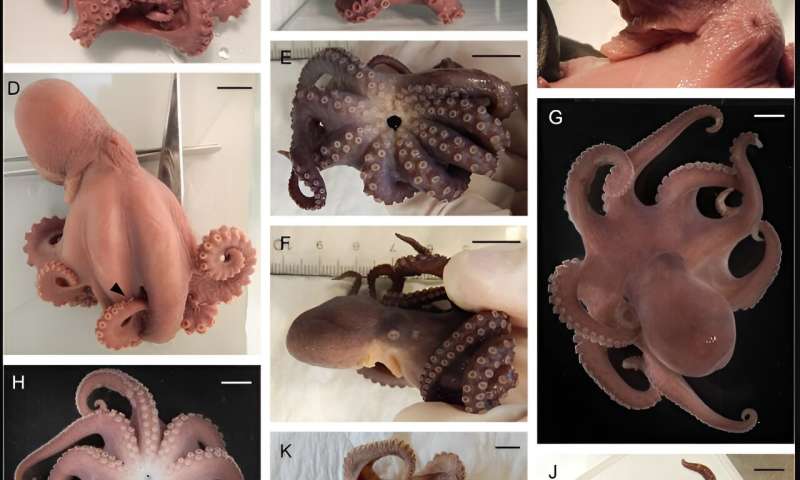New octopus species found in the Arctic

A taxonomic revision of Muusoctopus genus octopuses from the northern waters resulted in a surprising discovery.
A taxonomic research helps understand the biodiversity of a specific territory, says Chair of the Department of Zoology and General Biology Rushan Sabirov.
"Arctic research is an expensive project. It is extremely difficult to extract material in the Arctic. An associate professor of our department participated in a number of international research expeditions. His scientific collections included several specimens of an octopus species that was previously unknown to science. Foreign colleagues working on the ship confirmed that this is a new species for science. The collected octopus specimens were brought to Kazan University. It should be noted that the last time a new species of Arctic cephalopod mollusks was described was almost a hundred years ago, back in the 1930s," notes the interviewee.
The new octopod has been named Muusoctopus aegir—after a jötunn who was a personification of the sea in Norse mythology. The animal was first found between Iceland and Spitsbergen, and then it was found that it actually lives almost everywhere in the Arctic basin. M. aegir lives at 600 meter depths with temperatures around 0.4 degrees Celsius.
According to Sabirov, the cephalopods of the Arctic have not been studied enough. Of the 800 currently known cephalopods, only about a dozen live in the northern part of the World Ocean. That's why this new discovery is such a big deal for science.
A molecular genetic analysis of the mollusk was performed by the Laboratory of Extreme Biology, and the morphology was studied by the department employees and student Yekaterina Korneeva.
After this, the holotype (the primary specimen of the species) and two paratypes (the following specimens) were moved to KFU's Zoological Museum. The taxon is now part of ZooBank and KAMIS (the all-Russian system of museum item registration).
"The octopus is rather small, about 20 to 30 centimeters in diameter. He has a number of important specific features, including reproductive organs, mandibles, and radula," notes Dr. Sabirov.
More information:
New octopus species found in the Arctic by the Institute of Fundamental Medicine and Biology
zoologicalletters.biomedcentra … 6/s40851-023-00220-x
Provided by Kazan Federal University